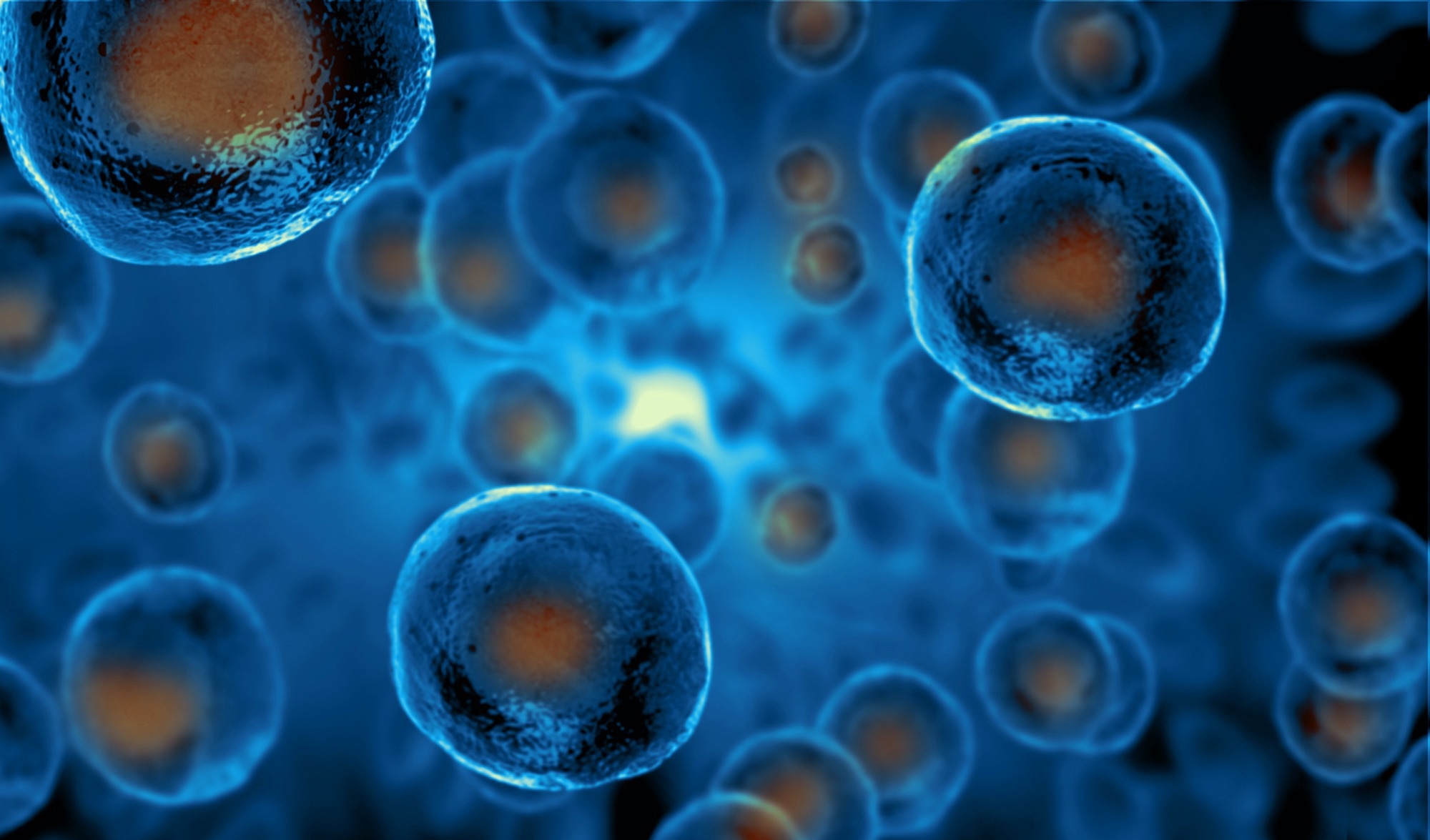The development of “mini eyes” by researchers at the UCL Great Ormond Street Institute of Child Health (UCL GOS ICH) has made it possible to study and comprehend the onset of blindness in the rare genetic disease known as Usher syndrome.

Image Credit: Giovanni Cancemi/Shutterstock.com
Organoids, or 3D “mini eyes,” were created using stem cells derived from skin samples donated by the children’s hospital Great Ormond Street (GOSH). The rod cells, which are the cells that detect light, are arranged in the retina, a crucial area at the back of the eye that processes images.
According to this study, which was published in Stem Cell Reports, the team was able to get rod cells to group themselves into layers that resemble the layers found in the retina, creating a “mini eye.”
These “mini eyes” represent a significant advancement over earlier studies using animal cells, which were unable to reproduce the same type of sight loss as that seen in Usher syndrome.
Usher syndrome, which affects three to ten in every 100,000 people worldwide, is the most prevalent genetic cause of combined deafness and blindness. Children with Type 1 Usher syndrome frequently have profound hearing loss at birth, and by adulthood, they become blind.
There are currently no treatments for retinitis pigmentosa, which results in vision loss in Usher syndrome, despite the fact that cochlear implants can help with hearing loss. Even though the research is still in its early stages, these efforts to comprehend the condition and figure out how to create a future treatment could give those who are about to lose their sight hope.
The “mini eyes” created in this study enable researchers to more thoroughly and individually study light-sensing cells from the human eye than ever before. For instance, it is the first time that scientists have been able to see the minute molecular alterations that take place in rod cells just before they degenerate using potent single-cell RNA-sequencing.
The team found that Müller cells, which support the retina's metabolism and structural integrity, are also involved in Usher syndrome using the “mini eyes.”
They discovered that genes for stress responses and protein breakdown are abnormally turned on in the cells of people with Usher syndrome. The solution to stopping the disease’s progression and deterioration may lie in reversing these.
The team can contrast healthy cells with those that will cause blindness as the “mini eyes” are grown from donated cells by patients with and without the genetic “fault” that causes Usher syndrome.
Knowing these variations could help identify changes that occur in the eye before a child’s vision starts to deteriorate. This could then offer hints as to the best areas for early treatment, which is essential to achieving the best results.
It is difficult to study the inaccessible tiny nerve cells of the patient’s retina as they are so intricately connected and delicately positioned at the back of the eye. By using a small biopsy of skin, we now have the technology to reprogram the cells into stem cells and then create lab-grown retina with the same DNA, and therefore same genetic conditions, as our patients.”
Dr Yeh Chwan Leong, Study First Author and Research Associate, Great Ormond Street Institute of Child Health, University College London
Jane Sowden, Study Senior Author and Professor of Developmental Biology and Genetics at UCL, stated, “We are very grateful to patients and families who donate these samples to research so that, together, we can further our understanding of genetic eye conditions, like Usher syndrome. Although a while off, we hope that these models can help us to one day develop treatments that could save the sight of children and young people with Usher syndrome.”
The “mini eye” model for eye diseases could also aid researchers in their understanding of other inherited conditions that result in the death of rod cells in the eye, such as retinitis pigmentosa variants that do not cause hearing loss.
Additionally, the Zayed Centre for Research into Rare Disease in Children at UCL GOS ICH has expertise in using this technology to develop faithful disease models from human skin cells for a variety of other diseases.
More patient samples will be used in future research to create “mini eyes” that will be tested on various drugs to identify treatments. In the future, it might be possible to alter a patient’s DNA in particular eye cells to prevent blindness.
Source:
Journal reference:
Leong, Y. C., et al. (2022). Molecular pathology of Usher 1B patient-derived retinal organoids at single cell resolution. Stem Cell Reports. doi.org/10.1016/j.stemcr.2022.09.006